Northern Lights (Aurora Borealis)
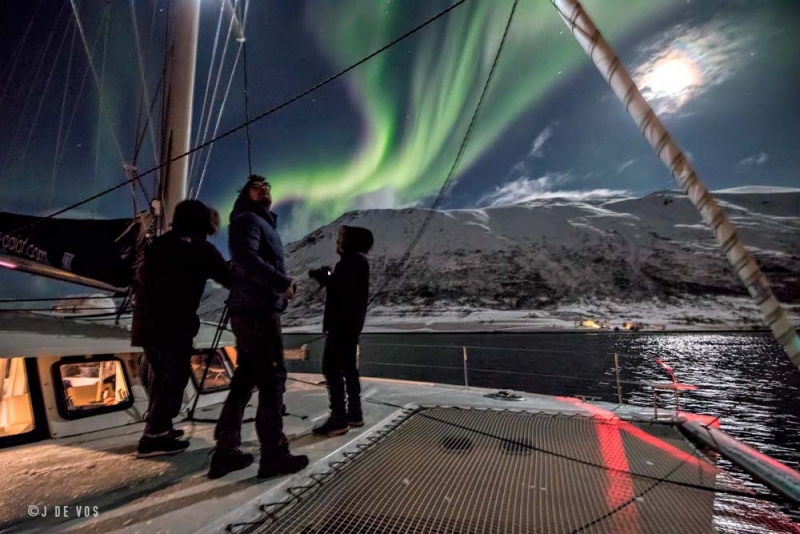
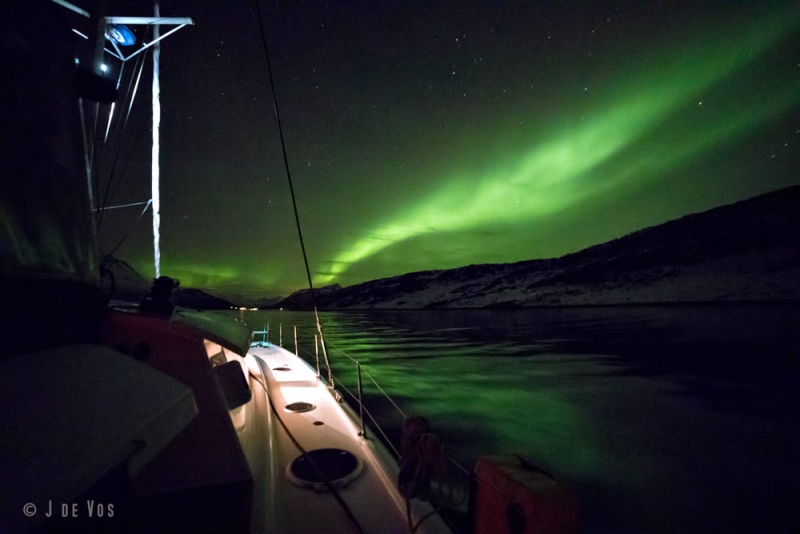
WHAT ARE NORTHERN LIGHTS?
The bright dancing lights of the aurora are actually collisions between electrically charged particles from the sun that enter the earth’s atmosphere. The lights are seen above the magnetic poles of the northern and southern hemispheres. They are known as ‘Aurora borealis’ in the north and ‘Aurora australis’ in the south..
WHAT CAUSES THE NORTHERN LIGHTS?
The Northern Lights are actually the result of collisions between gaseous particles in the Earth’s atmosphere with charged particles released from the sun’s atmosphere. Variations in colour are due to the type of gas particles that are colliding. The most common auroral color, a pale yellowish-green, is produced by oxygen molecules located about 60 miles above the earth. Rare, all-red auroras are produced by high-altitude oxygen, at heights of up to 200 miles. Nitrogen produces blue or purplish-red aurora.
The connection between the Northern Lights and sunspot activity has been suspected since about 1880. Thanks to research conducted since the 1950’s, we now know that electrons and protons from the sun are blown towards the earth on the ‘solar wind’.
WHERE IS THE BEST PLACE TO WATCH THE NORTHERN LIGHTS?
Northern Lights can be seen in the northern or southern hemisphere, in an irregularly shaped oval centred over each magnetic pole. Scientists have learned that in most instances northern and southern auroras are mirror-like images that occur at the same time, with similar shapes and colors.
Because the phenomena occurs near the magnetic poles, northern lights have been seen as far south as New Orleans in the western hemisphere, while similar locations in the east never experience the mysterious lights. However the best places to watch the lights in Europe is found in Northern Norway in places like Tromsø, Alta, Hamn in Senja, Andøya and Bodø. In North America they can be seen in the northwestern parts of Canada, particularly the Yukon, Nunavut, Northwest Territories and Alaska. Auroral displays can also be seen over the southern tip of Greenland and Iceland and over the coastal waters north of Siberia. Southern auroras are not often seen as they are concentrated in a ring around Antarctica and the southern Indian Ocean.
Areas that are not subject to ‘light pollution’ are the best places to watch for the lights. Areas in the north, in smaller communities, tend to be best.
WHEN IS THE BEST TIME TO WATCH FOR AURORAL DISPLAYS?
Auroral activity is cyclic, peaking roughly every 11 years. The last peak period was 2013 and despite this, there has still been some incredible light displays in the last few years.
Winter in the north is generally a good season to view lights. The long periods of darkness and the frequency of clear nights provide many good opportunities to watch the auroral displays. Usually the best time of night (on clear nights) to watch for auroral displays is local midnight (adjust for differences caused by daylight savings time).

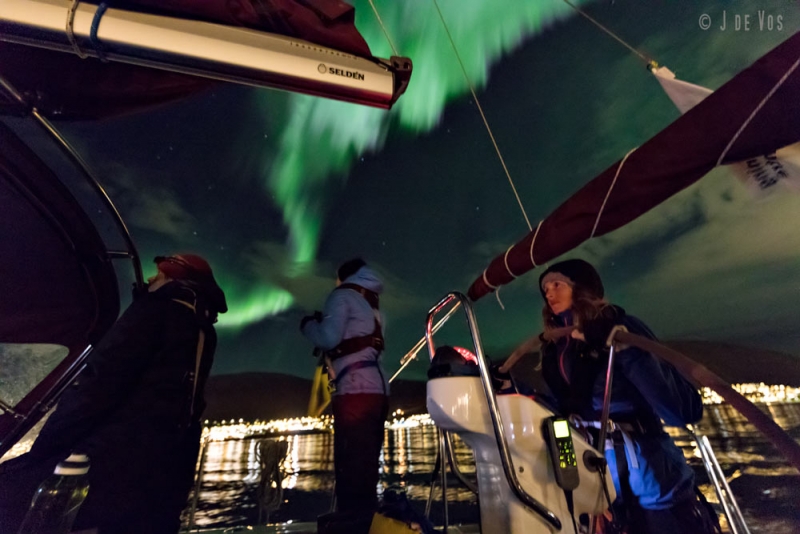
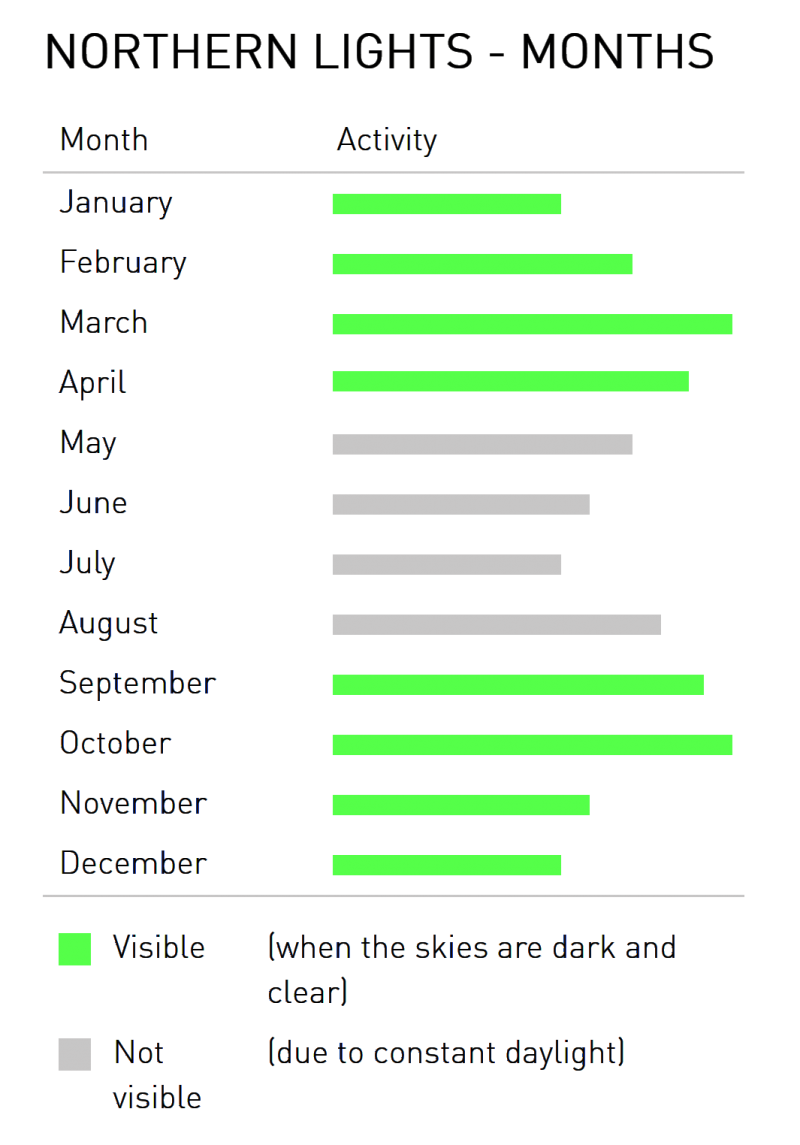

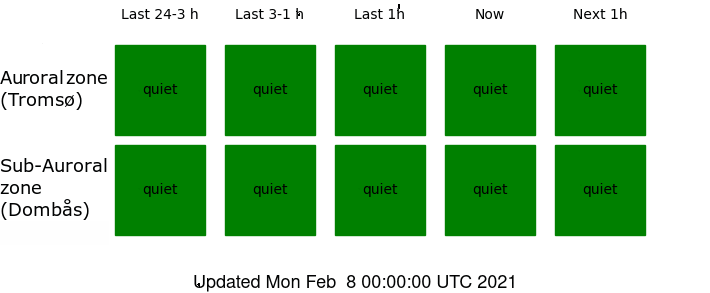 Geomagnetic Summary and Forecast
Geomagnetic Summary and Forecast